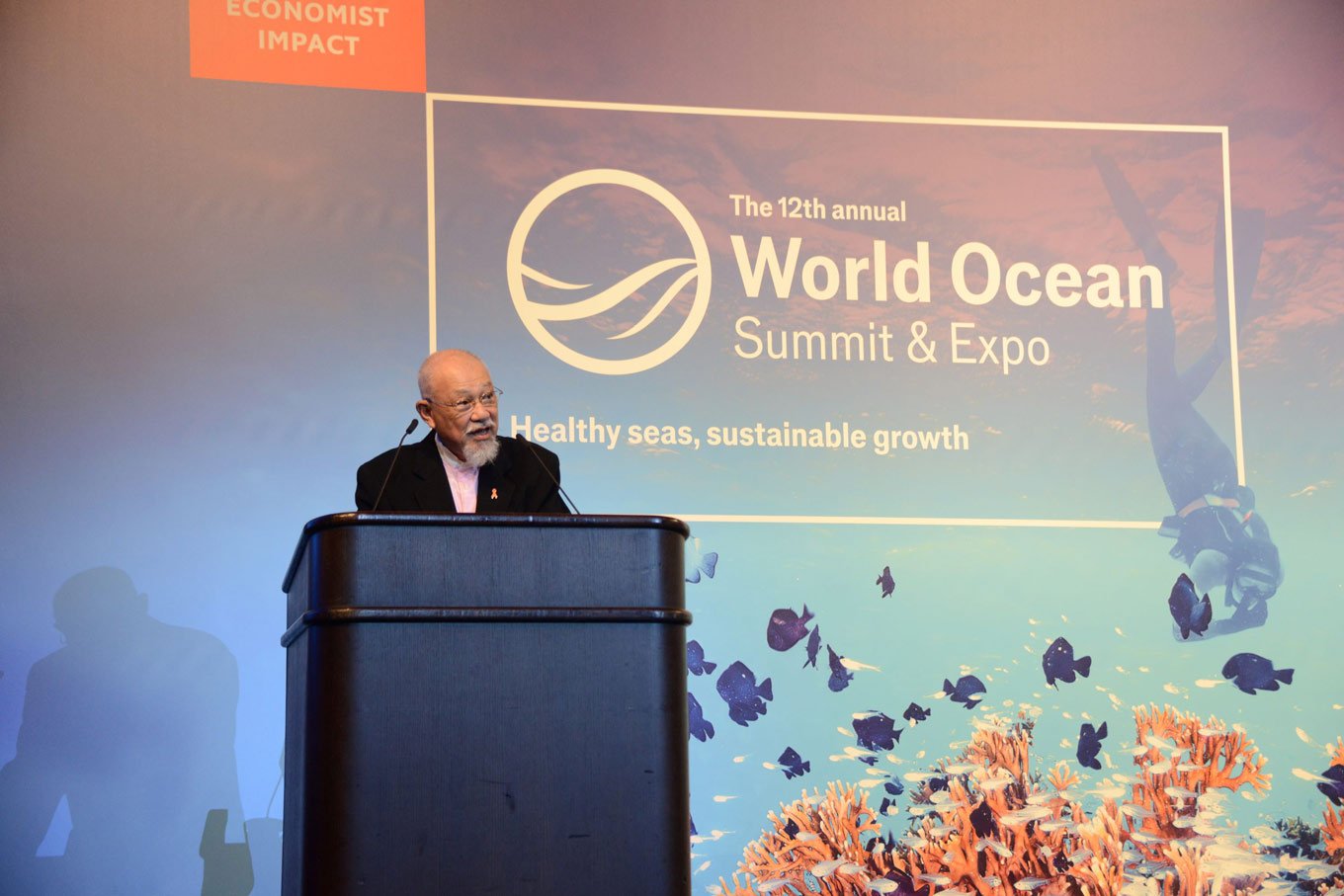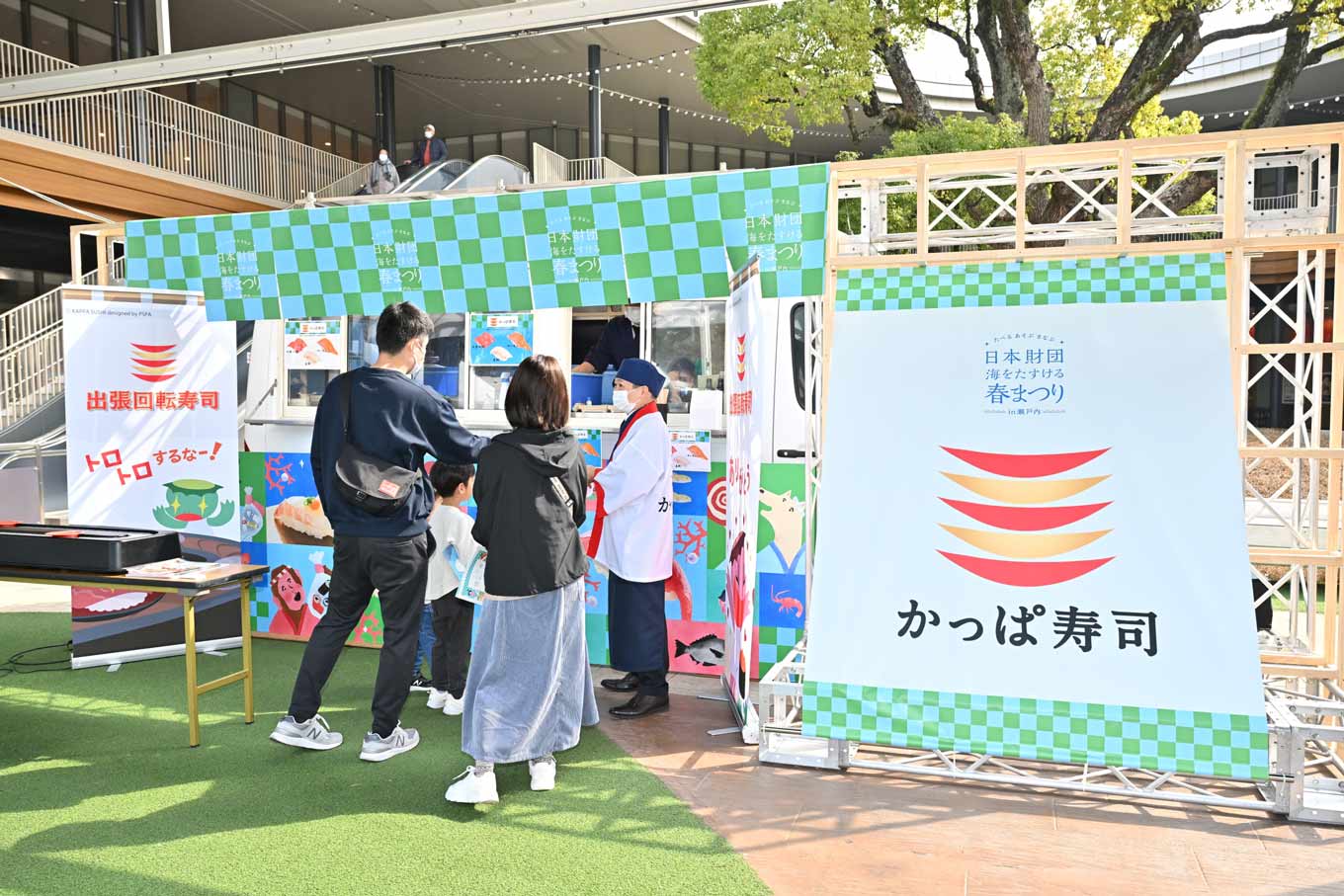
Safety in the Straits of Malacca and Singapore
A Cooperative Framework for Maintaining Safety in the Straits of Malacca and Singapore
Roughly one third of the world’s crude oil and more than 80% of Japan’s oil imports pass through the Straits of Malacca and Singapore. Ensuring the safe passage of ships in these waters, with their many narrow and shallow spots, is a task that exceeds the capabilities of the three littoral countries bordering the Straits. Recognizing this, The Nippon Foundation has been working for more than four decades to help enhance the safety and protect the natural environment of these waters.
Shipping Lane Vital to Global Trade
The Straits of Malacca and Singapore are a 1,000-kilometer channel of water located between the Malay Peninsula and Singapore to the north, and Sumatra and other Indonesian islands to the south. Almost half of all global seaborne trade and roughly one third of the world’s crude oil passes through this route, making it one of the most important shipping lanes in the world. It is also a lifeline for Japan, with more than 80% of the country’s oil imports transported through the Straits.
At its narrowest, the channel tapers to just 600 meters, about the width of a single sea lane. At its shallowest, it is less than 25 meters deep. Despite these far-from-ideal conditions, more than 300 ships – including very large crude carriers (VLCCs) measuring more than 350 meters long, 60 meters wide, and with a draft of more than 20 meters – pass through the Straits every day.

Responsibility for the Straits

The Malacca and Singapore Straits are within the territorial waters of Indonesia, Malaysia, and Singapore. As per the UN Convention on the Law of the Sea, which took effect in 1994, the Straits’ safety administration, including the maintenance of navigational aids, is the responsibility of these three countries. Because Singapore is home to a large number of trading companies, it enjoys the economic benefits of the Straits and has built and maintained lighthouses and buoys. Malaysia and Indonesia benefit far less, however, and are therefore shouldered with a relatively greater expense burden. Recognizing that Japan is a main stakeholder, The Nippon Foundation has taken on some of that burden and for more than 40 years has provided support for safe navigation and the protection of the marine environment.
When the Foundation began providing support in 1969, accurate nautical charts of the Straits did not even exist. The first job was therefore to create those charts. Next, the sea lanes were surveyed, sunken ships were removed, and lighthouses, buoys and other navigational equipment were installed. Buoy tenders and training vessels, as well as support for antipiracy measures, were also provided. The Nippon Foundation has provided US$158 million in support and has organized numerous conferences on marine issues with related organizations.

Rapid Transformation

The rapidly changing situation on the Straits is demonstrated by the fact that in 2017, the number of vessels using the Straits had increased 20% compared with 2007, including a doubling in the number of passages by VLCCs. Historically, traffic on the Straits was primarily oil tankers traveling west to east, but with China and South Korea having become major exporters, today fully loaded container ships travel east to west as well. At the same time, vessels today – including both VLCCs and container ships – are much larger.
In addition to global economic trends, environmental conditions are driving change as well. Large sand waves are forming at the bottom of the Straits, changing the seabed’s topography. Safeguarding the vessels that pass through the Straits is not simply a matter of establishing and maintaining sea lanes, even though the administration of the sea lanes alone will require continuous, ongoing outlays for the maintenance of buoys and lighthouses. There is currently a deep-water route for easterly traffic, but it may become necessary to establish a similar route for the opposite direction. Water depths will change if large sand waves occur, and nautical charts will need to be revised. In recent years, the amount of liquefied natural gas, chemical substances, and other hazardous materials transported through the Straits has also increased, but guidelines for dealing with an accident have yet to be established. Related training will also be needed.

A New Mechanism for Cooperation
The increase in the number of ships means greater responsibility for marine safety measures and a bigger financial burden for countries bordering the Straits, even those that receive minimal economic benefits. Clearly, ensuring the safety of the Straits is not something that can easily be accomplished by the bordering countries alone.
In response, The Nippon Foundation has proposed that all stakeholders contribute to measures ensuring the safe passage of vessels and the preservation of the marine environment, based on a concept of social responsibility. In 2007, the Foundation formulated a plan for a Cooperative Mechanism under which it would provide support for the littoral countries, and the following year it established the Aids to Navigation Fund. Since then, to ensure long-term safety, users of the Straits – including national governments, international institutions, NGOs, international maritime transport industry associations, and private-sector companies – have voluntarily contributed to the fund from the standpoint of cooperative social responsibility.
When it set up the Aids to Navigation Fund, The Nippon Foundation announced that it would assume one third of the cost of the fund’s operations for the first five years, or $7.3 million through 2013. The Foundation’s willingness to collaborate and its long-term support over four decades have won the trust of these countries and made the cooperative mechanism possible, with seven national governments and institutions having followed the Foundation’s lead and contributed a total of $5.5 million to the fund. The new connections being forged as a result of the fund are bringing stakeholders closer to realizing the goal of safety of the Straits now and into the future.



